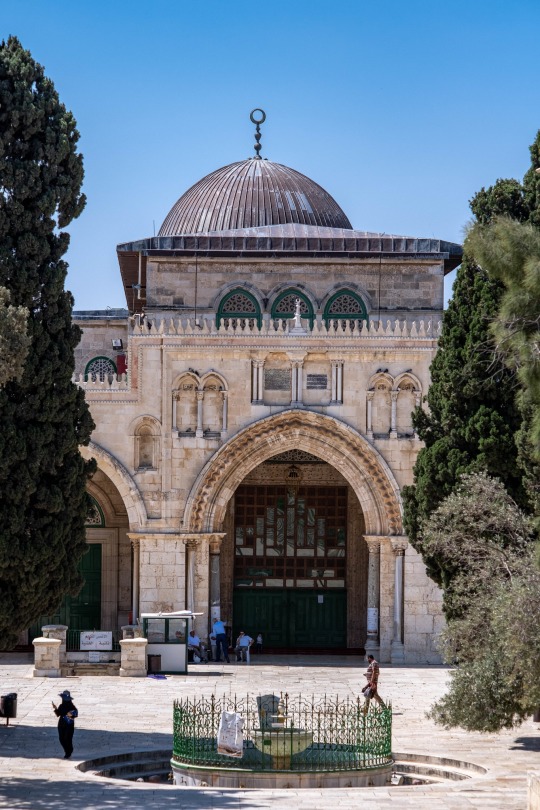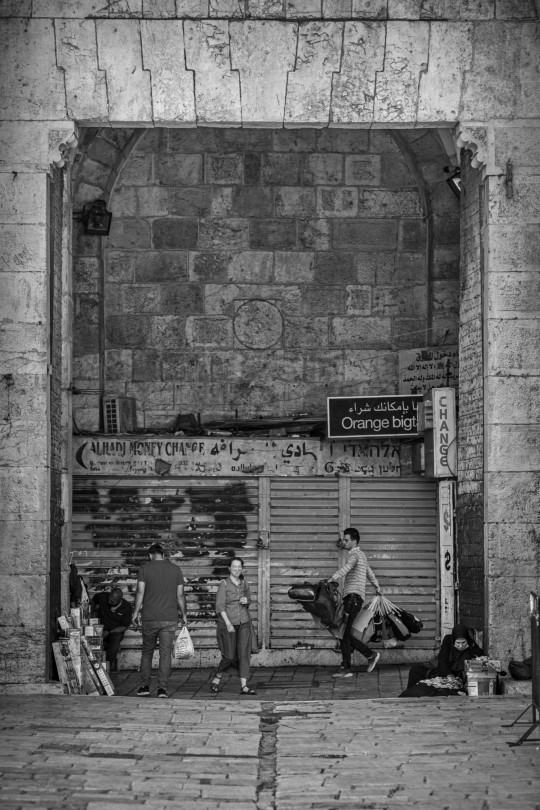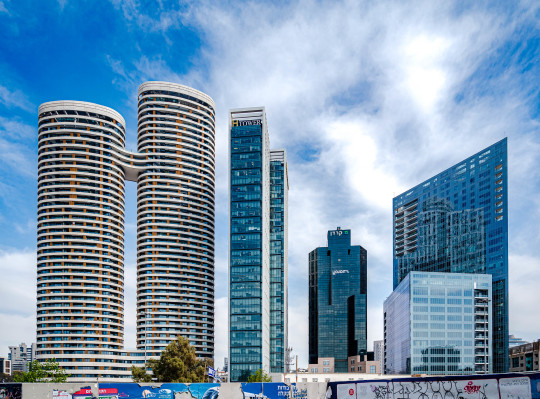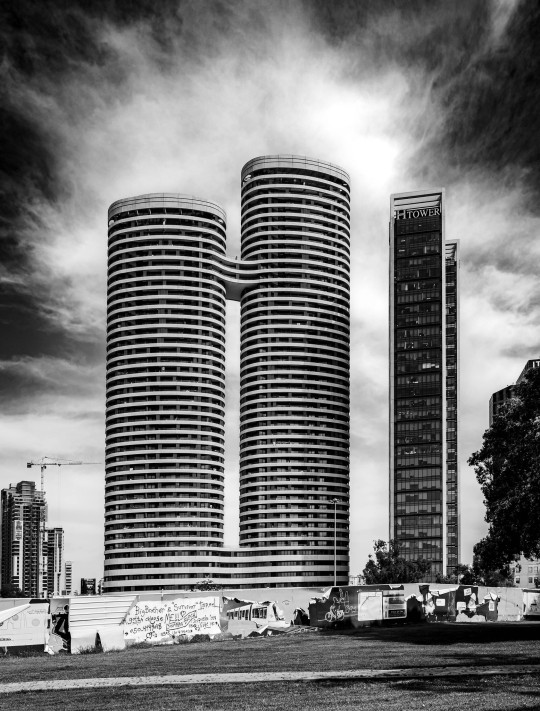Text
Al-Aqsa Mosque in Haram al-Sharif, Jerusalem, also known as al-Qibli Mosque for its position in the southern end of Haram al-Sharif, indicating the prayer direction towards Mecca (known as "qibla" in Arabic).
This indicates the role of the mosque as part of a unified whole of the Haram al-Sharif, where each major structure or building has a dedicated role, rather than being separated structures without any particular interconnected relation to each other.

#architecture#architecture photography#photograpy#architectural#cityphotography#islam#islamic architecture#islamic history#haram al sharif#al aqsa mosque#jerusalem#religion#religious architecture
10 notes
·
View notes
Text
The entrance to the Damascus Gate an early morning.

The Damascus Gate is one of the main entrance points to the Old City of Jerusalem, often being a popular place to meet and hang out for the local Palestinian population.
#black and white#bnw#photograpy#buildings#urban photography#damascus gate#palestinians#cityphotography#islamic history#history
1 note
·
View note
Text
A new project has been published, a short photo walk through the Christian and Muslim quarters of the Old City of Jerusalem. Please enjoy!
2 notes
·
View notes
Text
In connection to the photo project about al-Mawasin on Haram al-Sharif I shared earlier, I also wrote this article, sharing some thoughts on the purpose and significance of the whole place.
I hope you'll enjoy.
#architecture#architecture photography#architectural#black and white#bnw#photograpy#islam#islamic architecture#islamic history#religious architecture#religion#dome of the rock#haram al sharif#al aqsa#al mawasin
1 note
·
View note
Text
Finally got to finish this photo project about the arch entrances, or al-Mawasin as they are known in Arabic, of the Haram al-Sharif. These arch entrances are a crucial part of the architectonic design of the Haram al-Sharif, which - I believe - is important to understand in order to appreciate the overall layout of the whole Haram al-Sharif.
But I'll get into that in another soon to be published article.
Please enjoy 🙂
#architecture#architecture photography#architectural#architecture lovers#black and white#bnw#photograpy#buildings#islam#islamic architecture#islamic history#haram al-Sharif#al-mawasin#jerusalem#palestine#history#dome of the rock#al aqsa#religion#religious architecture
8 notes
·
View notes
Text

While today people are mostly thinking about the area traditionally known as "the Holy Land" in terms of Jews and Palestinians, there once were other significant people living there, leaving their marks of the lands.
One of those people was the Nabataeans, an Arab people known for being in control of the incense route and particularly to have been the people building the amazing desert city Petra.
Another fascinating city they built, in the middle of the desert in Negev, is Ovdat. I'm working on a project about this amazing place and I'd like to invite you to take a look at it and get to understand it better. This is a crucial part of the history of this place, which helps us to better understand the evolution of how things became as they are today eventually, even if it happened 2000 years ago!
https://samuelkoltov.com/project/notes-on-ovdat/
#ovdat#avdat#architecture#archaeology#documentary#nabataeans#nabataean#nabateans#negev#history#roman#byzantine#temple#byzantium#israel#palestine
40 notes
·
View notes
Text



"Question, how do we understand architecture vs urbanscape vs cityscape?
Can we fully separate those three from each other? Do they overlap or even become the same things at some point?
Take the three photos for example, I would consider them examples of each. An architectural photo, where the buildings and their construction is in focus. An urbanscape photo with focus on a lived place. And a cityscape presenting the outline of a city or part of it.
But is this the right way to see the difference between the three subjects? And if so, what does that mean for how we approach the subjects and how we photograph them.
#architecture lovers#architecture#architecture photography#architectural#photograpy#urban photography#buildings#urbanscape#urban stories#urban scenery#city#cityscapes#cityphotography#cityscape#urban landscape
0 notes
Text

The Hotel and the Bridge
Astral Marina Hotel and the walking bridge leading from Antibes Street to the marina in front of the IceMall in Eilat.
The walking bridge is part of the New Lagoon area, allowing easy access to and from the Ice Mall and Lagoon Suits situated in the opposite end of the lagoon.
#architecture#architecture lovers#architecture photography#black and white#bnw#architectural#buildings#urban photography#photograpy#eilat#bridge#walking bridge#nighttime photography#long exposure
1 note
·
View note
Text

The Arlozorov Towers and the H Tower
Two recent projects found in the center of Tel Aviv.
The Arlozorov Towers to the left, also known as the Young Towers, and the H Tower to the right. Both were designed by MYS Architects and constructed by the Hagag Group.
Shot with a Nikon Z5 and Nikkor 24-70mm f4 S
#modernism#photograpy#urban photography#architecture photography#urban#modern architecture#architecture#tel aviv#bnw#black and white
2 notes
·
View notes
Text

Brutalist architecture in Tel Aviv.
The city hall of Tel Aviv, built in the 1959s and designed by the Israeli architect Menachem Cohen.
The place in front of the city hall was known as Kings of Israel square until the assassination of then Prime Minister Yitzhak Rabin, after which the square was named as Rabin Square.
Shot with a Nikon Z5 and Viltrox 20mm f1.8.
#tel aviv#brutalism#architecture#black and white#bnw#building#architectural#architecture photography#architecture lovers#nikonz5#viltrox
2 notes
·
View notes